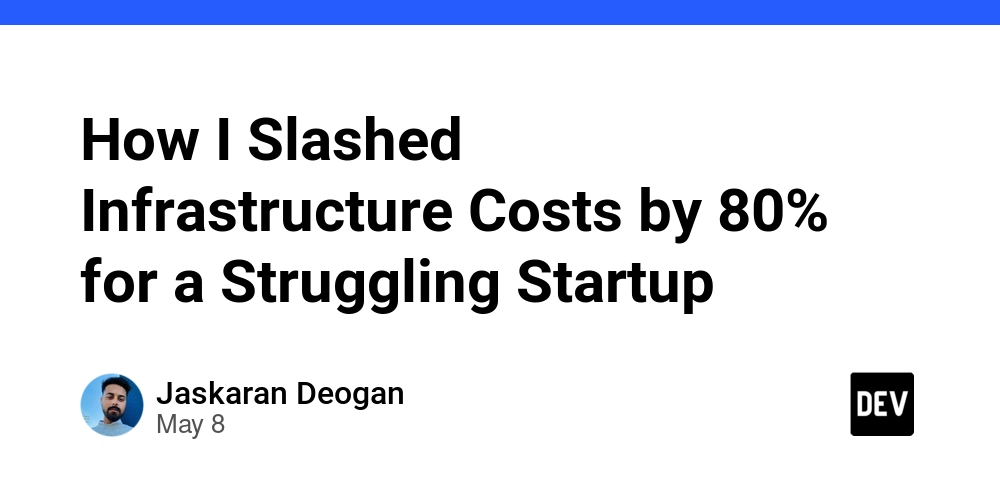Kubernetes Security in 2025: Best Practices for Protecting Your Clusters
Kubernetes is essential for orchestrating containerized applications, but security remains a top concern. Here’s how to ensure your Kubernetes clusters are secure: Use Role-Based Access Control (RBAC) Implement RBAC to control who can access Kubernetes resources. Define the least privileged roles for users and service accounts. Use Network Policies Define network policies to restrict communication between pods, which reduces the blast radius of any potential vulnerability. Enable Audit Logging Enable audit logging to monitor all API requests in your cluster. This provides an audit trail for any potentially suspicious activity. Regularly Update Kubernetes Keep your Kubernetes version up to date with the latest security patches. Regular updates help mitigate any known vulnerabilities. Use Image Scanning Use tools like Trivy or Clair to scan container images for vulnerabilities before they’re deployed to your cluster. Get Started: Start implementing these security practices in your cluster to ensure your environment remains protected as Kubernetes adoption continues to grow. We're hiring DevOps Engineers, if you are interested, Register With Us Now!
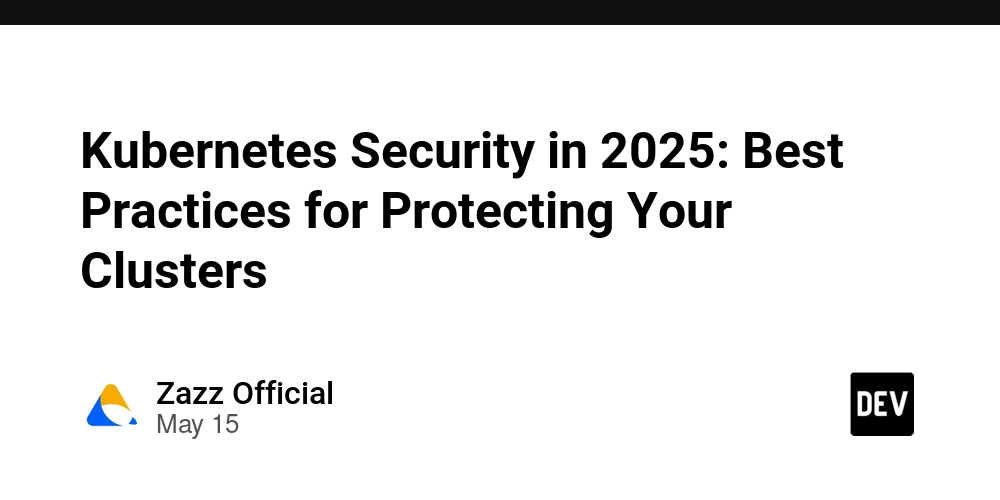
Kubernetes is essential for orchestrating containerized applications, but security remains a top concern. Here’s how to ensure your Kubernetes clusters are secure:
Use Role-Based Access Control (RBAC)
Implement RBAC to control who can access Kubernetes resources. Define the least privileged roles for users and service accounts.
Use Network Policies
Define network policies to restrict communication between pods, which reduces the blast radius of any potential vulnerability.
Enable Audit Logging
Enable audit logging to monitor all API requests in your cluster. This provides an audit trail for any potentially suspicious activity.
Regularly Update Kubernetes
Keep your Kubernetes version up to date with the latest security patches. Regular updates help mitigate any known vulnerabilities.
Use Image Scanning
Use tools like Trivy or Clair to scan container images for vulnerabilities before they’re deployed to your cluster.
Get Started:
Start implementing these security practices in your cluster to ensure your environment remains protected as Kubernetes adoption continues to grow.
We're hiring DevOps Engineers, if you are interested, Register With Us Now!


_Brian_Jackson_Alamy.jpg?width=1280&auto=webp&quality=80&disable=upscale#)























































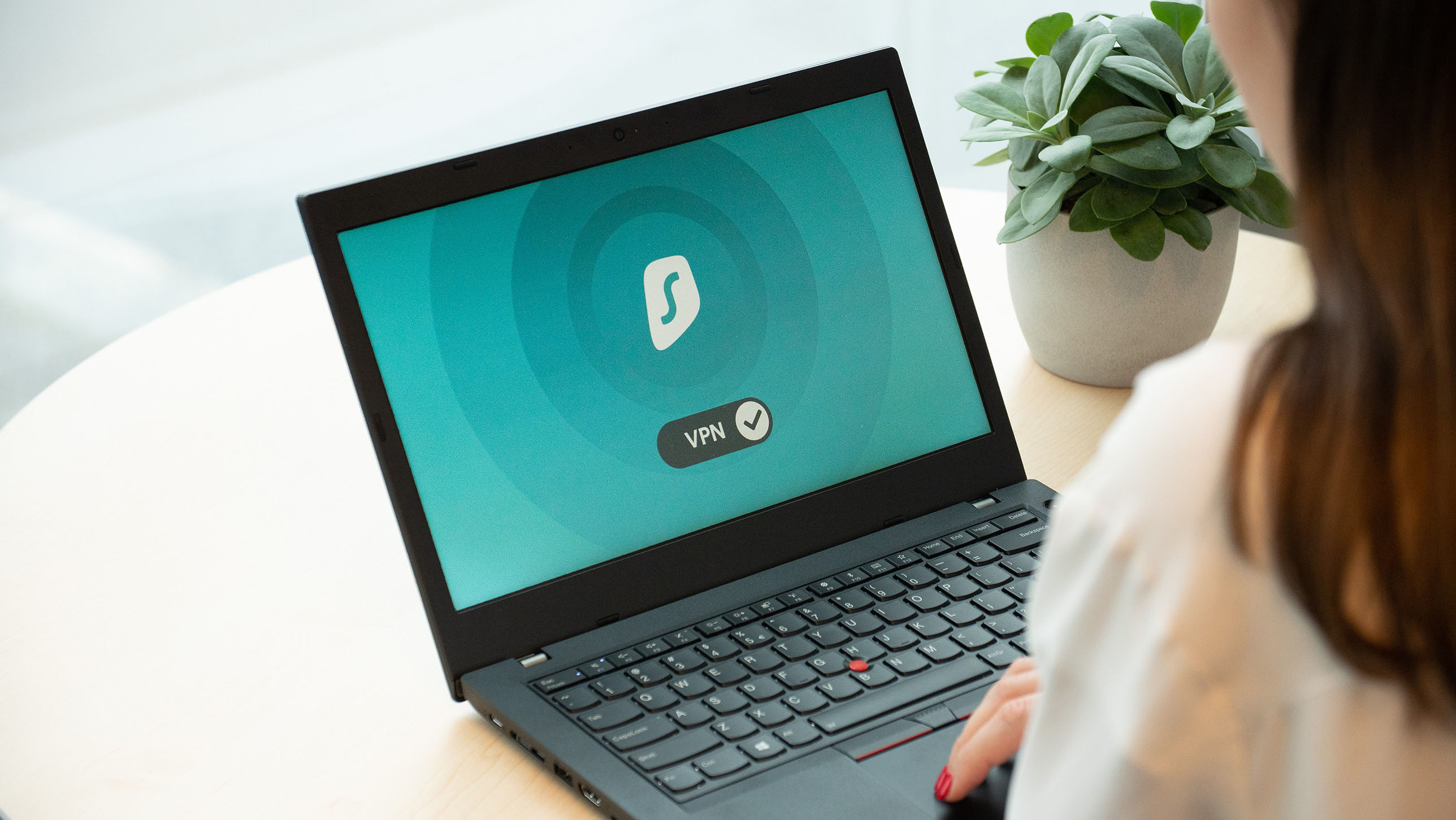
















![Trump Tells Cook to Stop Building iPhones in India and Build in the U.S. Instead [Video]](https://www.iclarified.com/images/news/97329/97329/97329-640.jpg)




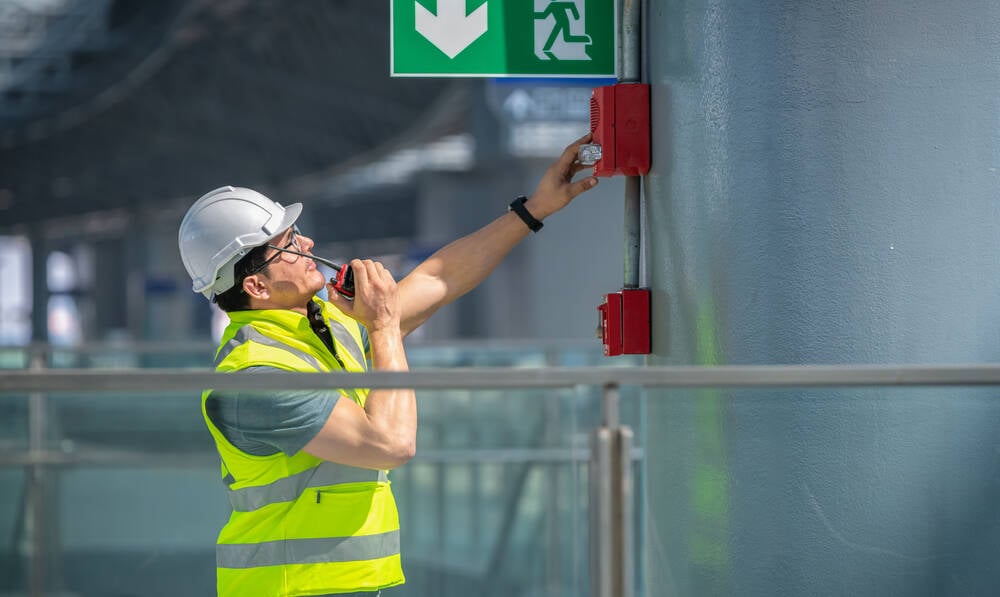




















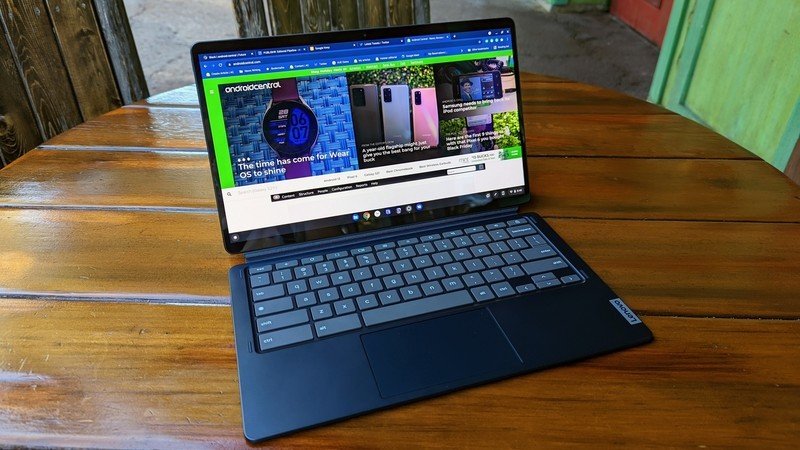















































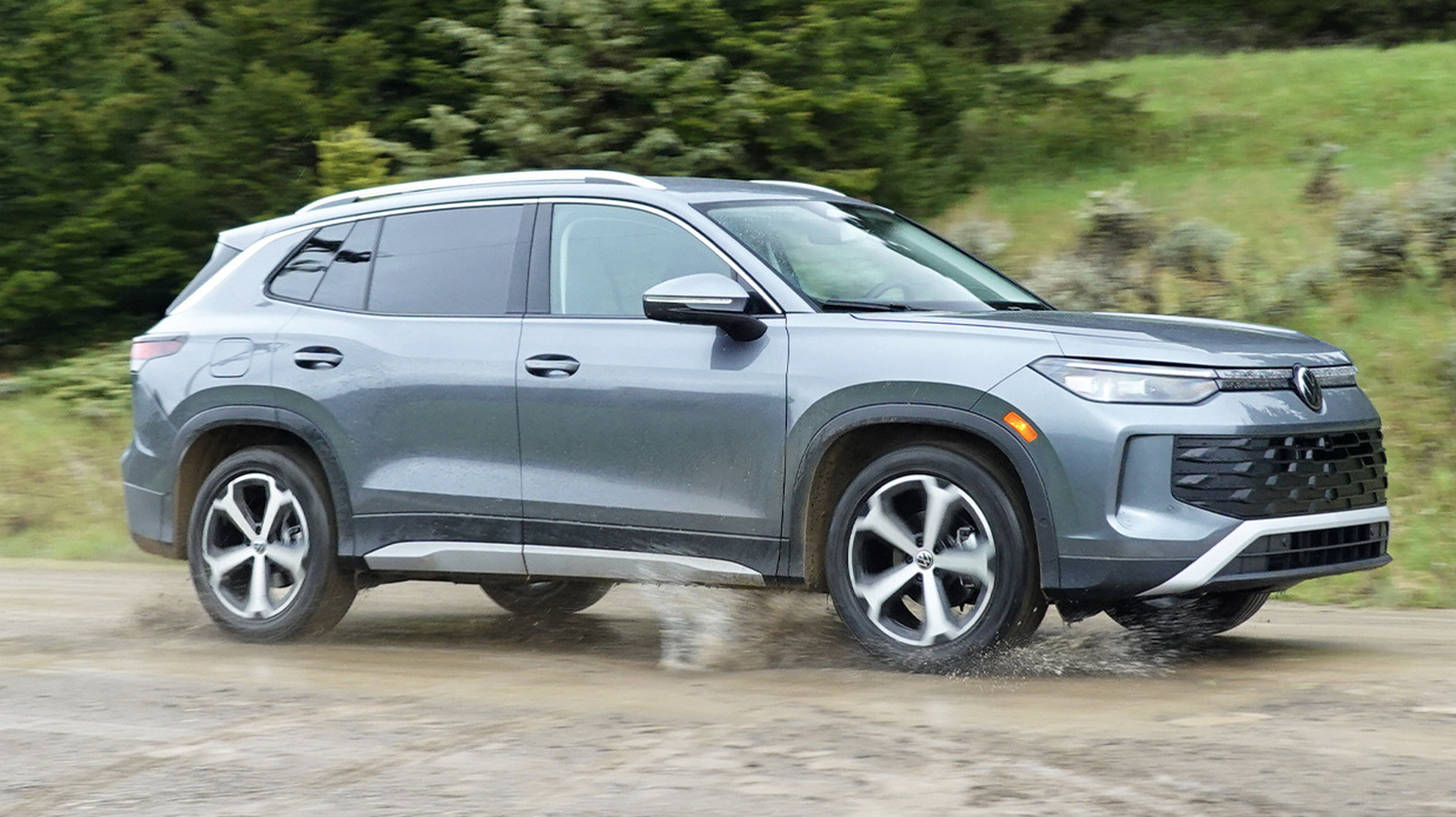
































































































































































![[The AI Show Episode 147]: OpenAI Abandons For-Profit Plan, AI College Cheating Epidemic, Apple Says AI Will Replace Search Engines & HubSpot’s AI-First Scorecard](https://www.marketingaiinstitute.com/hubfs/ep%20147%20cover.png)
























![How to Enable Remote Access on Windows 10 [Allow RDP]](https://bigdataanalyticsnews.com/wp-content/uploads/2025/05/remote-access-windows.jpg)



































































































































































































































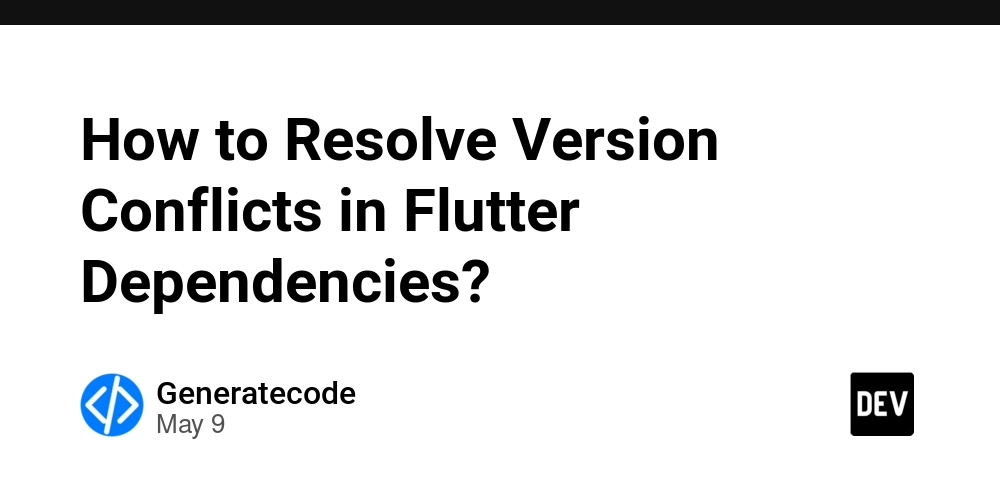
![[] & () for variables in Python variable assignment](https://media2.dev.to/dynamic/image/width%3D1000,height%3D500,fit%3Dcover,gravity%3Dauto,format%3Dauto/https:%2F%2Fdev-to-uploads.s3.amazonaws.com%2Fuploads%2Farticles%2Fo4vmzu04xlsys8f1f9h6.png)
